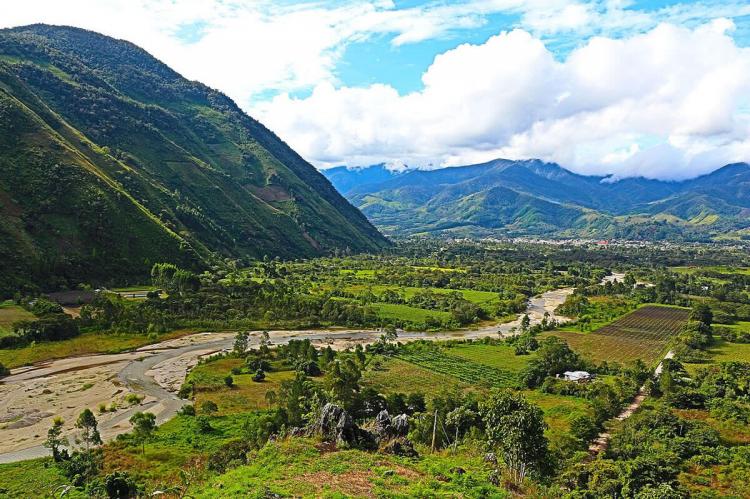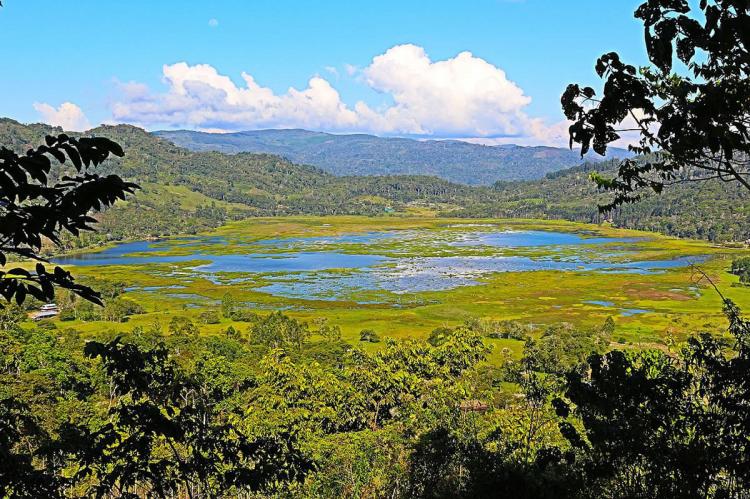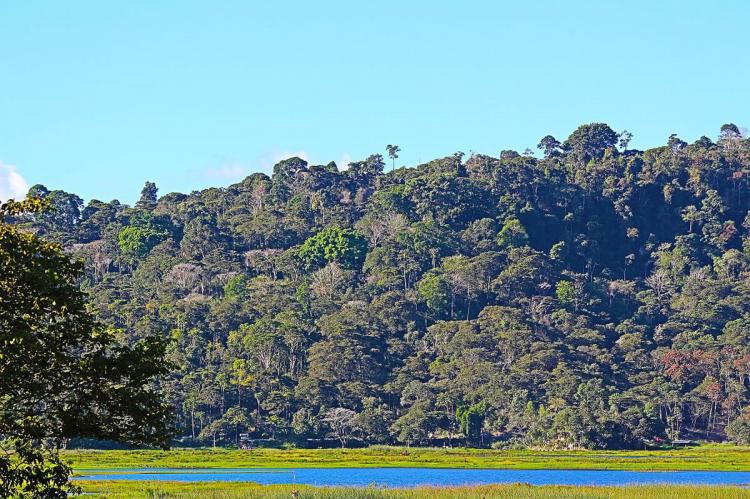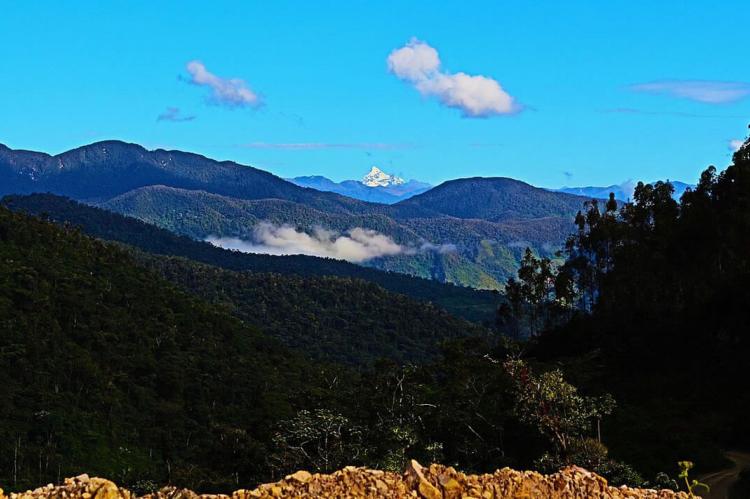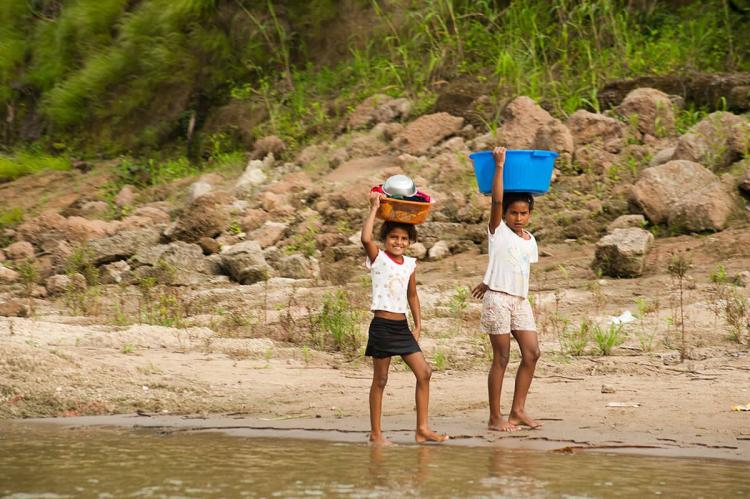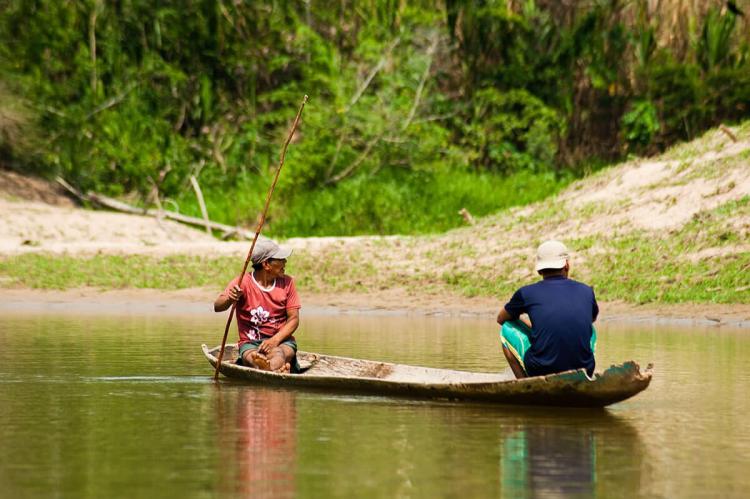The Living Landscape of Oxapampa-Ashaninka-Yanesha
The Oxapampa-Ashaninka-Yanesha Biosphere Reserve, located in central Peru, encompasses one of the most pristine ecosystems on the eastern slopes of the Peruvian Andes, extending into the Amazon Basin. This region is characterized by its high altitudinal range and diverse habitats.
Biodiversity and Heritage: Exploring the Oxapampa-Ashaninka-Yanesha Biosphere Reserve
The Oxapampa-Ashaninka-Yanesha Biosphere Reserve, located in the Department and Region of Pasco in central Peru, encompasses one of the most pristine ecosystems on the eastern slopes of the Peruvian Andes, extending into the Amazon Basin. Recognized for its unique biodiversity and cultural heritage, the reserve was designated a Biosphere Reserve in 2010. This region, characterized by its high altitudinal range and diverse habitats, is crucial for conservation and sustainable development efforts.
Geographic and Ecological Diversity
Location and Terrain
Situated between the Amazon forest lowlands and the montane cloud forest, the Oxapampa-Ashaninka-Yanesha Biosphere Reserve covers over 1,800,000 hectares (4,447,000 acres). The terrain ranges from 300 to 4,500 meters (1,000 to 14,700 feet) in elevation, creating a rich tapestry of ecological zones from tropical lowland forests to high-altitude grasslands. The reserve's core area, buffer zones, and transition zones collectively form a complex landscape that supports a wide variety of plant and animal species.
Flora and Fauna
The biosphere reserve is home to nearly 5,000 plant species, including 1,400 tree species and 600 species of orchids. This incredible floral diversity supports an equally rich array of fauna. Mammals such as the jaguar (Panthera onca), puma (Puma concolor), and spectacled bear (Tremarctos ornatus) roam the forests, while bird species like the Andean cock-of-the-rock (Rupicola peruvianus) and harpy eagle (Harpia harpyja) soar above. The reserve also hosts the unique frog species Ctenophryne barbatula, which is found only in this area.
Yanachaga-Chemillen National Park
Core Area of the Biosphere Reserve
Established in 1986, Yanachaga-Chemillen National Park serves as the core area of the Oxapampa-Ashaninka-Yanesha Biosphere Reserve. The park's primary purpose is to protect the upper watersheds of the Palcazu, Huancabamba, and Pozuzo rivers, which feed into the Amazon River. The park's diverse ecosystems, ranging from rainforests and cloud forests to high mountain grasslands, provide critical habitat for numerous plant and animal species.
Indigenous Communities
Yanachaga-Chemillen National Park is home to several Indigenous groups, including the Yanesha, Ashaninka, and Asheninka peoples, who have traditionally lived in harmony with the land. These communities depend on the forest for their livelihoods, engaging in sustainable practices such as fishing, hunting, and cultivating native crops.
Socio-Economic Dynamics
Population and Cultural Diversity
The Oxapampa-Ashaninka-Yanesha Biosphere Reserve has approximately 87,000 people, comprising native communities, descendants of European settlers (Austro-German and Swiss), and migrants from the Andes, coastal areas, and the Amazonian jungle. The province of Oxapampa is a melting pot where these diverse groups cohabitate and interact, enriching the region's cultural landscape.
Economic Activities
Agriculture and livestock rearing are the primary economic activities within the reserve, though logging and handicraft production have gained prominence in recent years. The region's indigenous communities, numbering over 8,000 Yanesha, 10,800 Ashaninka, and 99 Asheninka individuals, have traditionally engaged in sustainable resource use. However, human-induced pressures, such as deforestation and land degradation, threaten the reserve's biodiversity and the communities' way of life.
Sustainable Initiatives
Local initiatives have been developed to promote sustainable practices in response to these challenges. For example, in 2013, the Asháninka Association of Integrated and Sustainable Fisheries (APIS) established a laboratory to breed paco fingerlings (Piaractus brachypomus) for consumption and sale. This initiative, involving 20 families from the biosphere reserve, aims to reduce pressure on wild fish populations while providing a reliable food source and income.
Conservation and Future Prospects
Conservation Efforts
The Oxapampa-Ashaninka-Yanesha Biosphere Reserve is a critical area for conservation efforts in Peru. The high biodiversity and presence of endemic species make it a priority for protection and sustainable management. Conservation strategies include protecting habitats, restoring degraded areas, and promoting sustainable land-use practices.
Challenges and Opportunities
The reserve faces numerous challenges, including illegal logging, agricultural expansion, and climate change impacts. However, it also presents significant opportunities for sustainable development. By fostering collaboration among indigenous communities, government agencies, and conservation organizations, the reserve can be a model for balancing biodiversity conservation with human development needs.
Conclusion
The Oxapampa-Ashaninka-Yanesha Biosphere Reserve is a unique and vital region of Peru, characterized by its extraordinary biodiversity and rich cultural heritage. As a designated biosphere reserve, it plays a crucial role in conserving the diverse ecosystems of the Tropical Andes and the Upper Amazon Forest. Through continued conservation efforts and sustainable development practices, the reserve can ensure the preservation of its natural and cultural resources for future generations.
